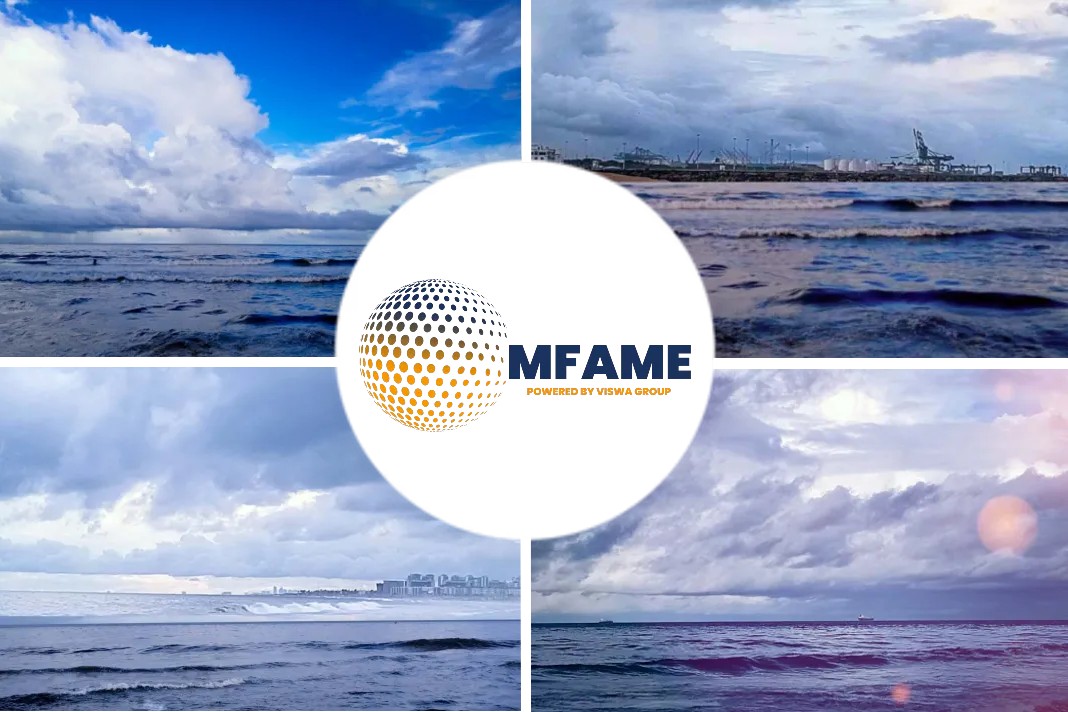
In September, the Rotterdam 0.5%/3.5% sulfur fuel oil spread hit record lows, with Platts assessing it at $20/mt on Sept. 9, down from $228.75/mt a year earlier.
Growth Potential
“The forward curve is too optimistic,” Arne Anders Lohmann Rasmussen, chief analyst at hedging company Global Risk Management, said. “I see HSFO staying expensive and VLSFO under pressure.”
S&P Global analysts project Rotterdam Hi-5 to rise from $64.10/mt in September to $71.60/mt in October but decline to $64.40/mt by February.
VLSFO Supply
Analysts suggest that improving availability of blendstock for very low sulfur (0.5%S) fuel oil could hinder Hi-5 growth, impacting the cost advantage for ships with scrubbers. A Hi-5 below $100/mt extends the payback period for scrubber installation, making it a less attractive investment.
Additionally, gasoline stock builds in the US and Singapore are expected to alleviate global supply, leading to lower prices, according to Rebeka Foley, a senior analyst at S&P Global.
Western European Economies
Gasoline cracks are set to decline in Q4, 2023, with negative projections for 2024 in large Western European economies. Despite earlier gasoline stock tightness, cracks are falling from over $20/b in September to around $10/b in the new year.
Scrubber-fitted vessels are expected to remain stable at around 5,000 ships and 2 million b/d of HSFO until 2029 unless carbon capture technology gains traction, leading to nearly 7,000 vessels and 3.4 million b/d of HSFO.
Did you subscribe to our daily newsletter?
It’s Free! Click here to Subscribe
Source: S & P Global















